Barber Terms To Know Before Your Next Haircut
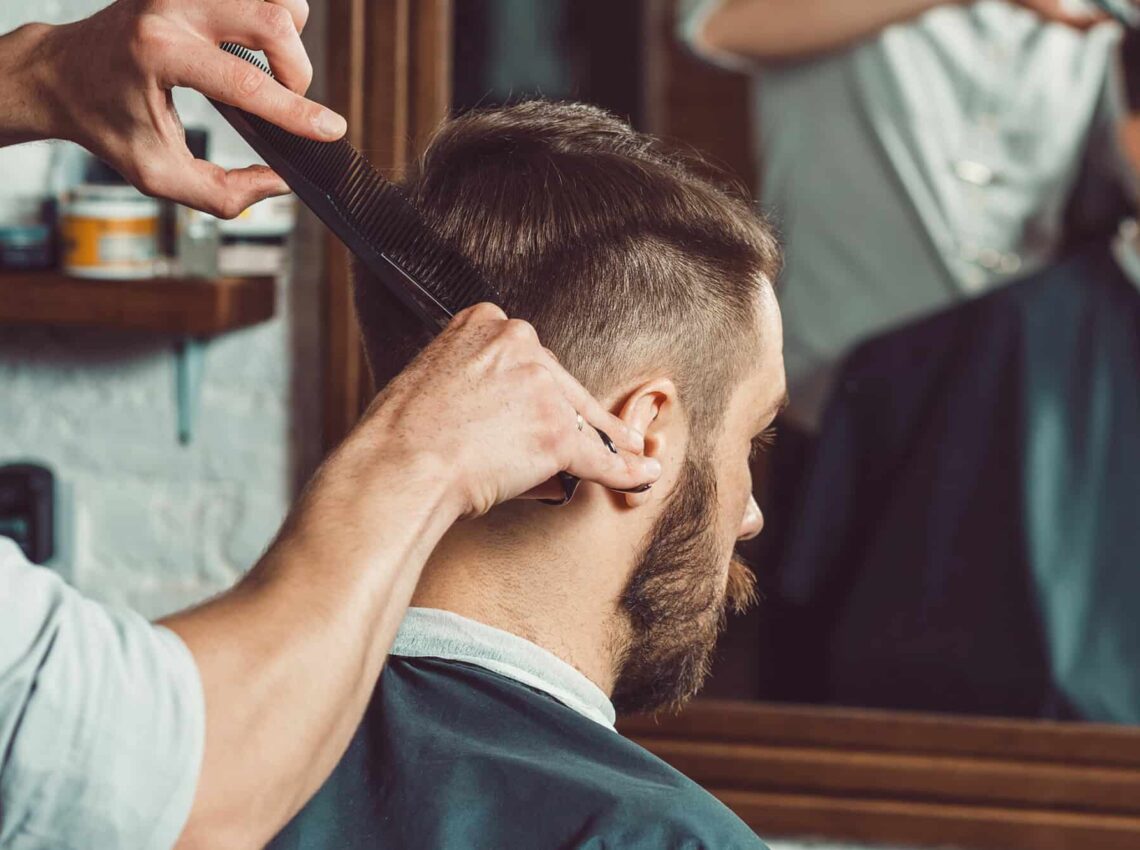
A trip to the barber should be a relaxing time to freshen up your look. But it can start to get a little stressful when you need to tell your barber what you want. You’ve heard others talk about getting a one on the sides or getting a high fade with a design, but barber terms like those aren’t common knowledge for some of us.
We know there’s a lot of lingo to understand when it comes to barber shops. Asking for the usual or speaking vaguely sometimes works, but you can end up with a style you weren’t expecting. You’re also limiting yourself to a few looks because you don’t know how to ask for something new.
Why should clients understand barber terms?
StyleSeat Pro Waverly Willis says that clients, especially new clients, must understand that haircuts locally, regionally, and internationally can look alike or very similar but have completely different names. If you and your barber are from different regions, you must find common ground in the language used during your haircut consultation.
After you get a solid description of what your haircut looks like, Willis recommends telling your barber what that haircut is called where you are from, and ask what its name is from where they are from.
In the beginning, be sure to use very detailed descriptive words such as “Lowered or blended down to the skin on the sides” to ask for a bald fade. Or, “keep the sides dark with a half-inch or hair and take off a half-inch on the top with shears” to achieve a textured look with a natural part (not a cut-in part) on the right side.
“Getting the haircut terminology will be difficult in the beginning but well worth it in the end. The process gets easier and easier, especially if you stick with the same barber.”
Waverly Willis
Below, we go over some common barber terms you can familiarize yourself with so you can tell them what you really want.

Clipper Cut
A clipper cut is when your barber uses clippers to cut your hair. It’s used for many men’s short hairstyles like buzz cuts and undercuts. Clippers are also used when you want to fade the sides and back of your hair.
Scissor Over Comb
Scissor over comb is a technique barbers use to get a more precise cut. They’ll use a comb to help guide their scissors while they’re shaping your hair. This gives your hair a softer look compared to a cut with clippers.
Clippers Over Comb
Clippers over comb is similar to scissor over comb and helps a barber evenly cut your hair. They’ll use a comb with clippers to blend your hair so it looks even when it grows out.
Point Cutting
Point cutting is when a barber snips away at your hair’s ends to create texture and thin out your hair. They’ll cut your hair at different lengths to soften your ends. You can end up with a dramatic cut if your barber removes a lot of hair.
Grade
A grade refers to the clipper attachment used that determines how much hair is cut. Cuts get shorter as numbers get lower. For example, a grade one (or if you ask for a “one”) is a clipper that cuts at an eighth inch, leaving your hair very short. If you aren’t sure what you want, ask your barber to start with a higher grade. You can always go shorter, but you’ll need to wait for your hair to grow back if they cut it too short.
Fade
A fade is a cut that gets shorter down the sides and immediately fades into the skin. The top is normally kept long and varies based on the hairstyle you get. A fade can stop at different points of your head for different looks and lengths. Fades and tapers are two barber terms that many use interchangeably, but they are different types of cuts. We go over tapers below.
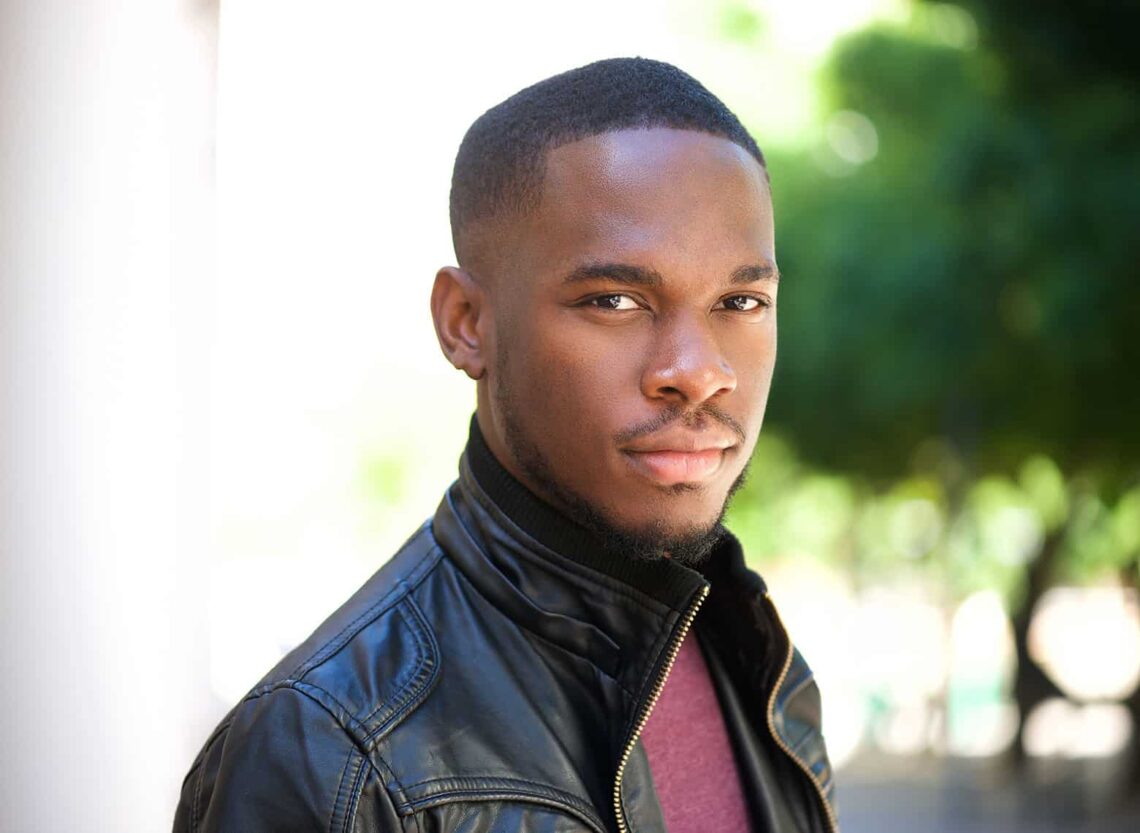
Taper
A taper is a cut that gradually and evenly gets shorter down the sides. Tapers don’t normally fade into the skin. The major difference between a fade and a taper is length. Tapers are evenly cut all around, but fades dramatically change hair length and instantly go from long to short.

Hard Part
Your barber shaves a part into your hair with a straight razor or clippers to give you a hard part. These are normally paired with other styles like pompadours and comb overs. You’ll need regular maintenance for hard parts since your hair will quickly grow back at the part.
You have a few options for upkeep. You can ask your barber for at-home maintenance tips, see your barber regularly for touch ups, or you can let your hair grow out to try another look.
Fringe or Bangs
Fringe or bangs refers to the hair that sits over your forehead. Fringes can help frame your face depending on where they fall. They’re called a “fringe” in the U.K. and “bangs” in the U.S. Bangs can come in many forms. For example, banys may just be a small section of hair that hangs over the center of your forehead.
Sideburns
Sideburns refer to the hair that grows in front of your ear. You can ask your barber to change the length, clean them up, or thin them out. The shape of your sideburns can frame and potentially slim down your face.
Arch
Your arch is the space between your ear and your hairline. Your barber may cut this to follow your natural hairline or they may cut a little higher than that. Look up some pictures to see what each style looks like and what you want for your arch.
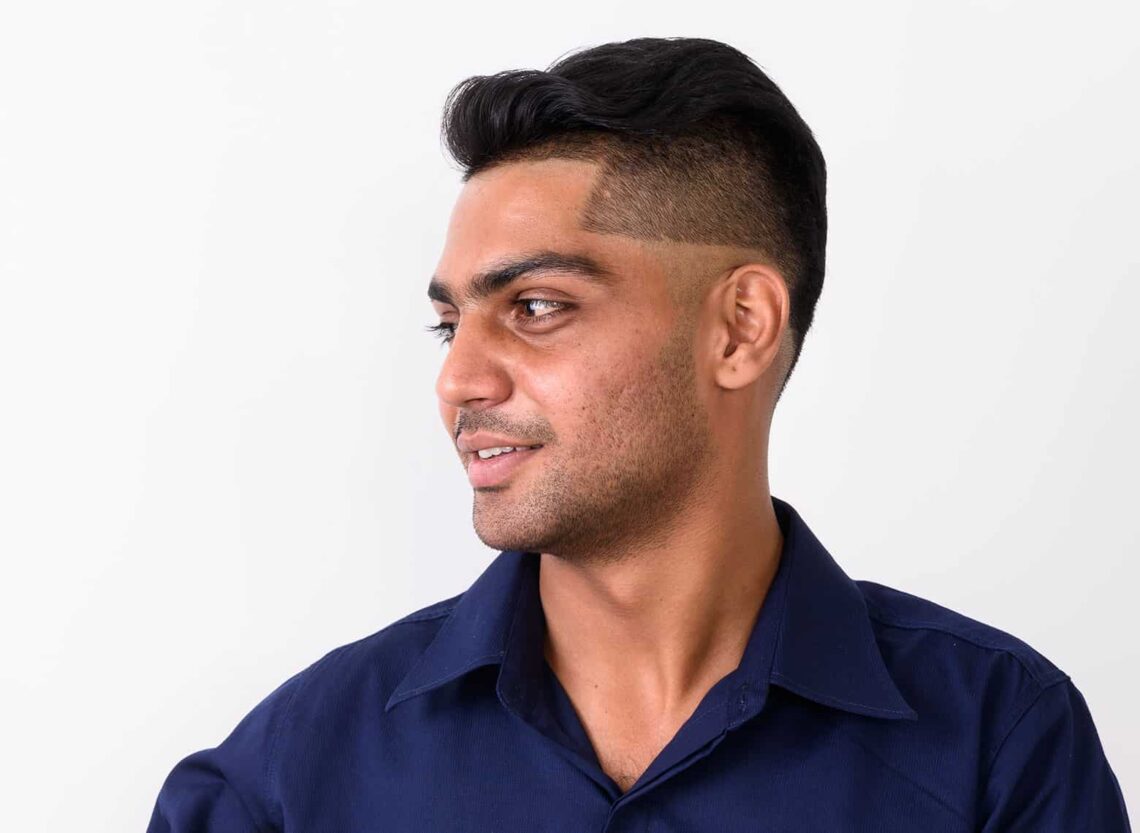
Neckline Shape
Your neckline refers to the shape your hairs form at the nape of your neck. Popular necklines are tapered, square, and round.
Square or Block Neckline
For a square or black neckline, your barber cuts the hair to form a square or block at the back of your head. This look is clean and requires lots of maintenance as your hair grows.
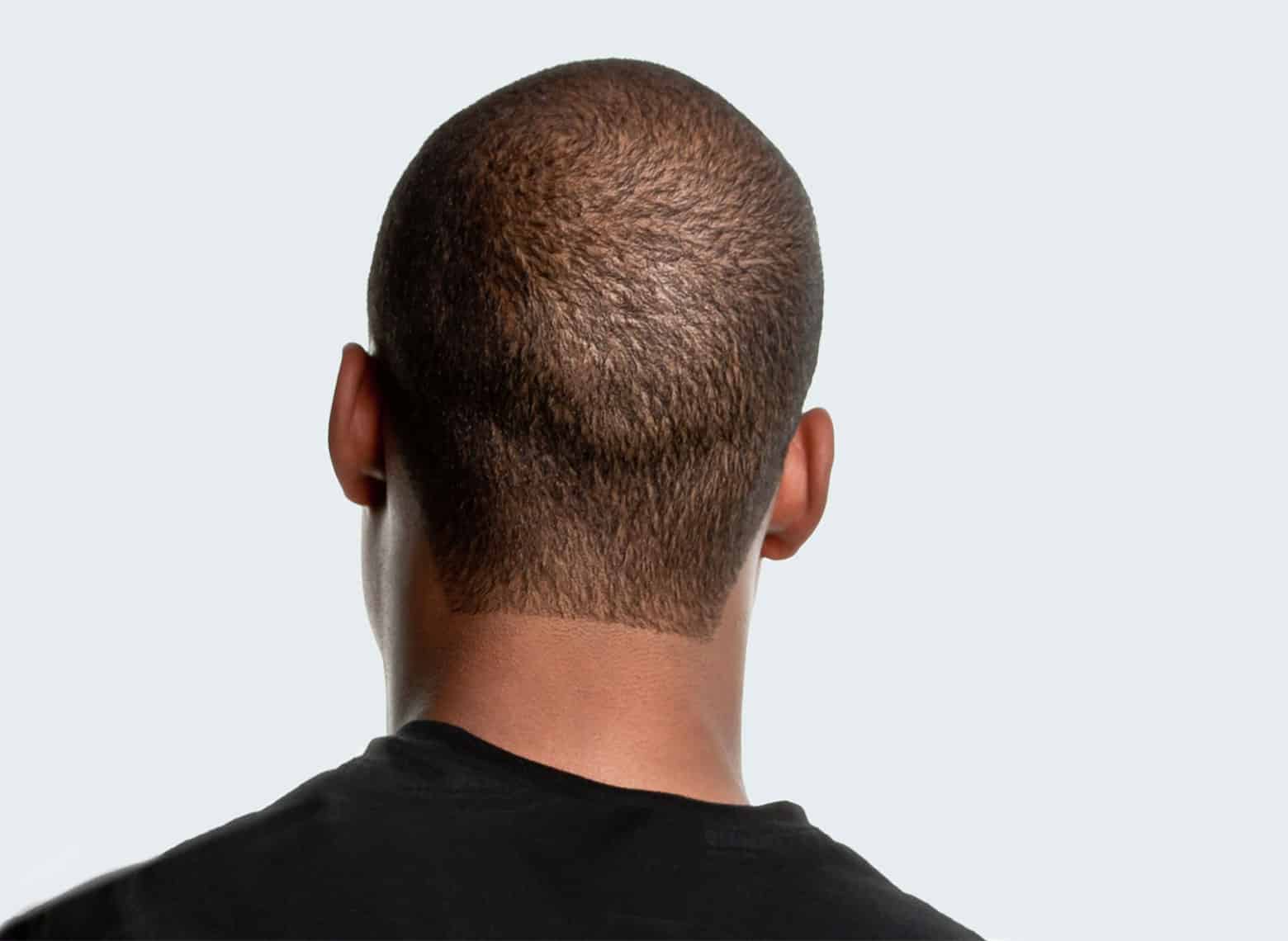
Round Neckline
The round neckline is exactly what it sounds like. Your barber will curve your neckline to get this look. This also requires regular touch ups to keep the shape.
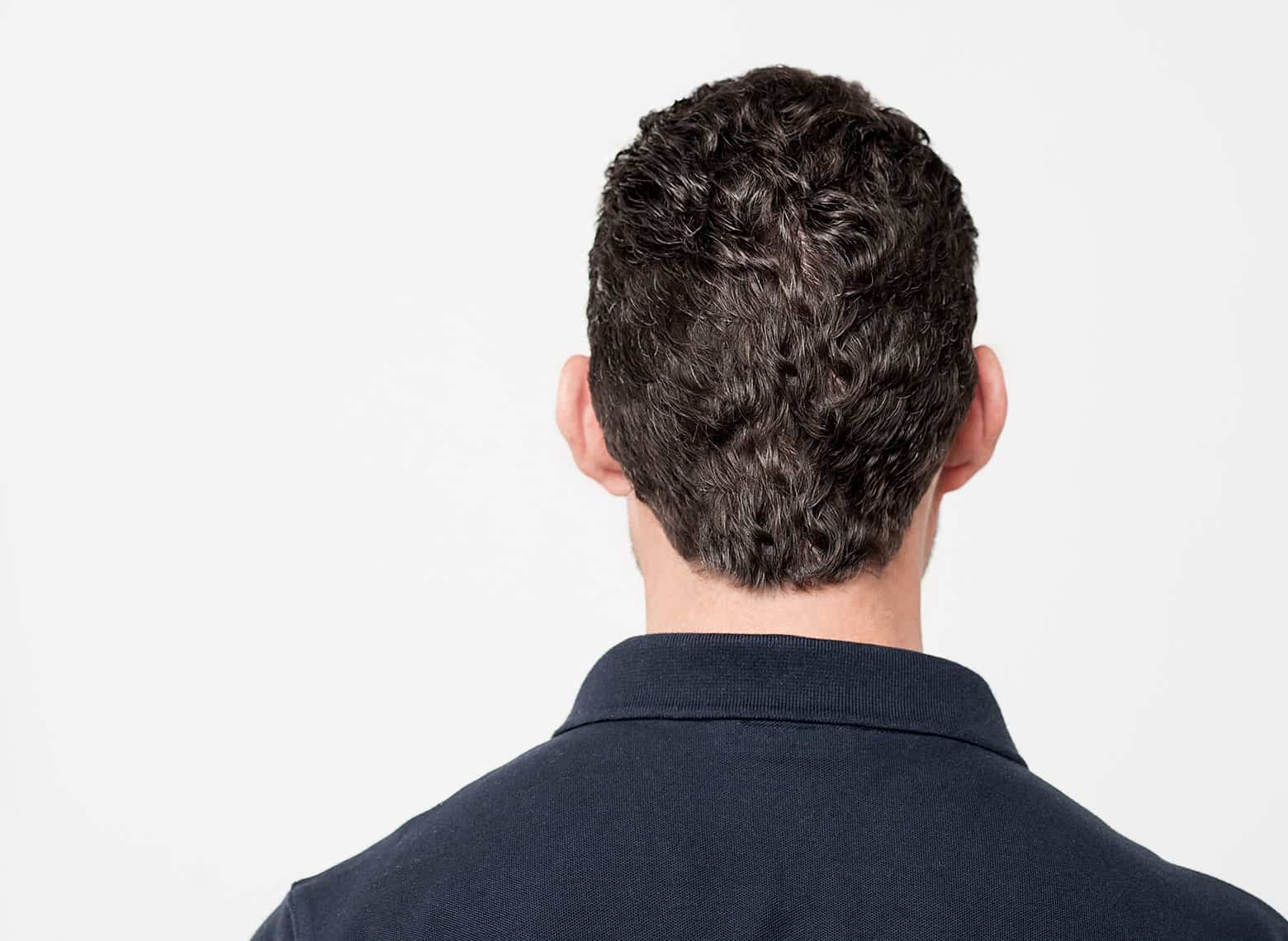
Tapered Neckline
The tapered neckline fades into the skin on your neck. This looks most natural compared to other necklines. Tapered necklines don’t require lots of maintenance after your hair grows out.
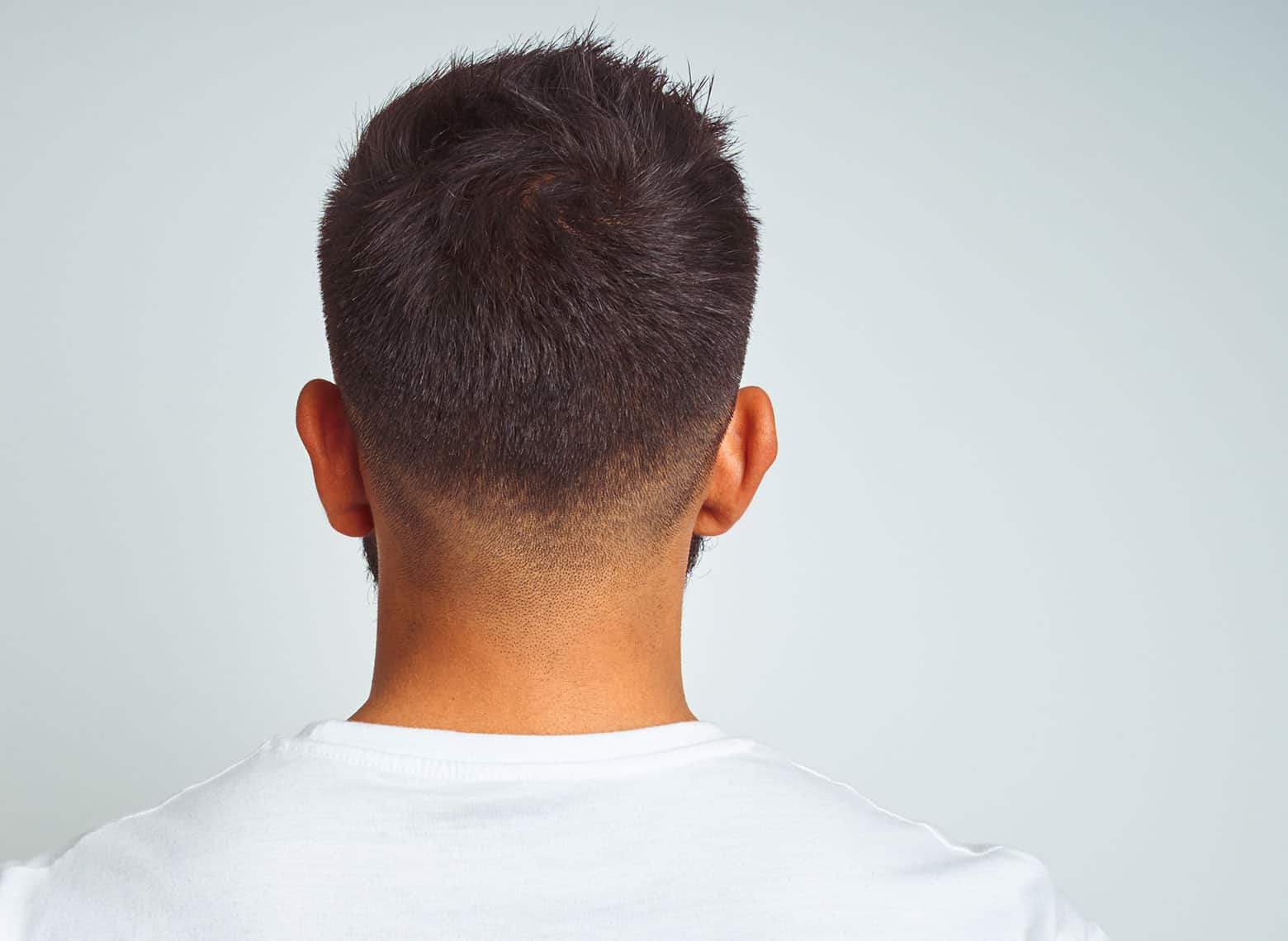
Texturizing
Texturizing is when a barber cuts your hair at different lengths. This gives your hair more dimension. There are a few methods to achieve different types of texture.
Razored
A barber uses a razor blade or special scissors with razors for this texture. This thins out your hair while allowing you to keep the length.
Layered
With this technique, your barber cuts hair at different lengths to give your hair volume. This also thins out your hair to remove weight. Unlike razored, you can achieve a layered look with regular scissors.
Choppy
A choppy texture is when your barber cuts hair at a 45-degree angle. This adds volume and gives your hair a naturally tousled look.
Thinned Out
To thin out your hair, your barber will use thinning scissors. This will reduce bulk in your hair and let your hair lie flatter against your head. This technique also blends the ends of your hair.
Disconnected
This is a cut that leaves hair long on top so it can hang over while the hair underneath is kept short. Your hair isn’t blended and has a clear point where your short hair stops and the long hair starts. Disconnected undercuts are a popular way to wear this look.
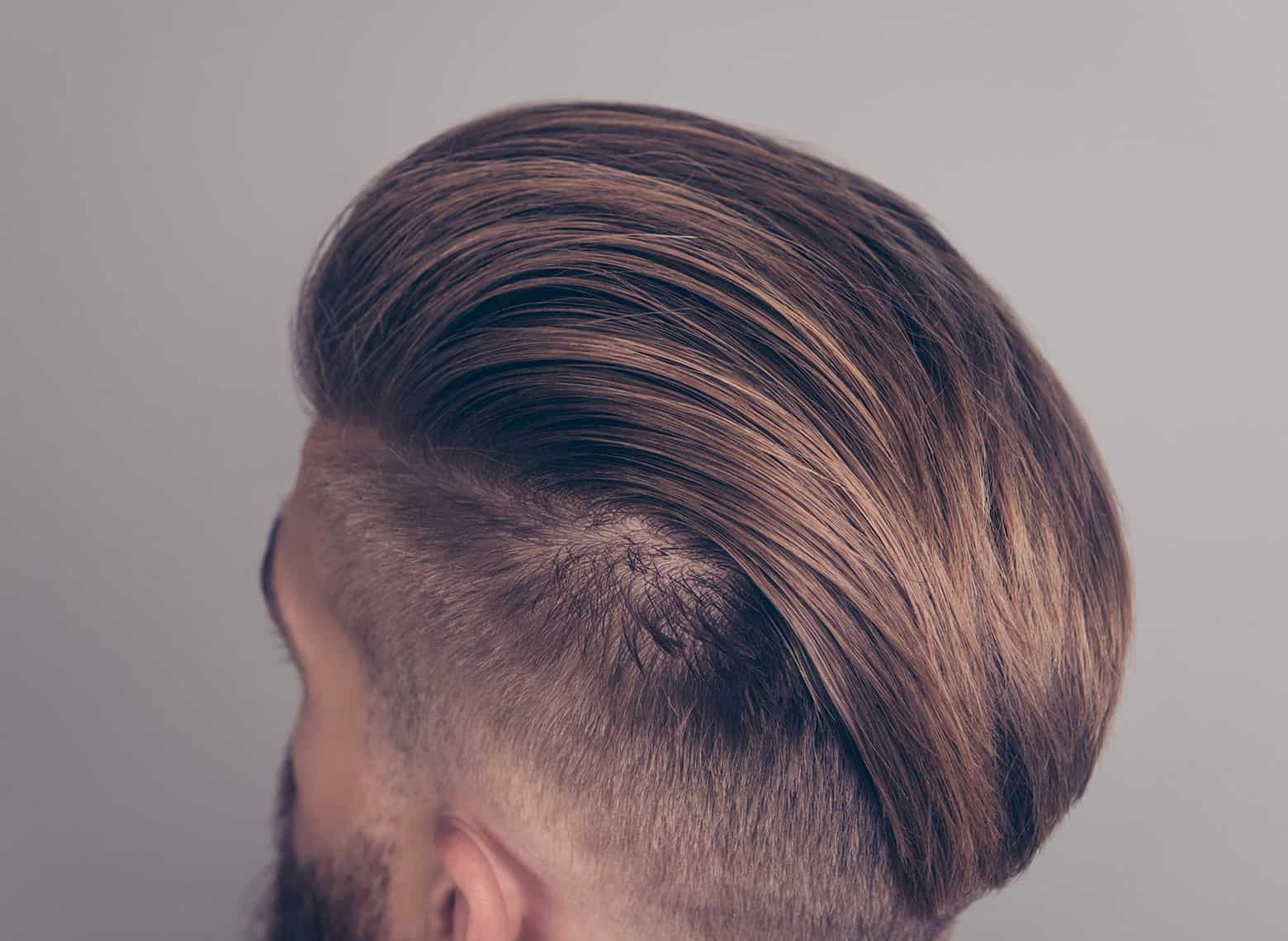
Short Back and Sides
This barber term means that the back and sides of your hair are cut short while the top is left long. This is a common way to start asking for a number of cuts. For example, quiffs and crew cuts are just two different styles that have short backs and sides.
Highlights
A colorist lightens small sections of your hair to give you highlights. The right highlights can add dimension to your hair and brighten up your face. However, you’ll need to expose your hair to bleach and other chemicals to lighten it. Ask your colorist about their dyeing process and how it will affect your hair. You should also ask for their price for highlights since it varies between techniques.
Hot Towel Shave
A hot towel shave starts with your barber putting a hot towel around your beard for about a minute before they shave you. The warmth and moisture softens the beard hair, opens up pores, and helps your barber get a closer shave. You can also do a DIY barbershop shave at home if you don’t mind doing all of the steps yourself.
Product
When your barber starts talking about using product, they’re referring to any product that can style your hair. This includes mousse, gel, and hairspray. If they’re giving you tips about how to get a certain look, ask for clarification so you know what products you’ll need to use.
Beard Oil
Beard oil is a conditioner for your beard. It makes your beard hair soft, shiny, and more manageable.

Buzz Cut
A buzz cut traditionally shaves your hair down close to the skin all around your head. Buzz cuts have evolved over time and you’ll see lots of variations. Some of the styles below are considered types of buzz cuts.
Buzz cuts are an easy haircut to DIY at home if you don’t have time to make it to your barber. Before you reach for the clippers, we recommend calling them for tips so you’re well prepared.
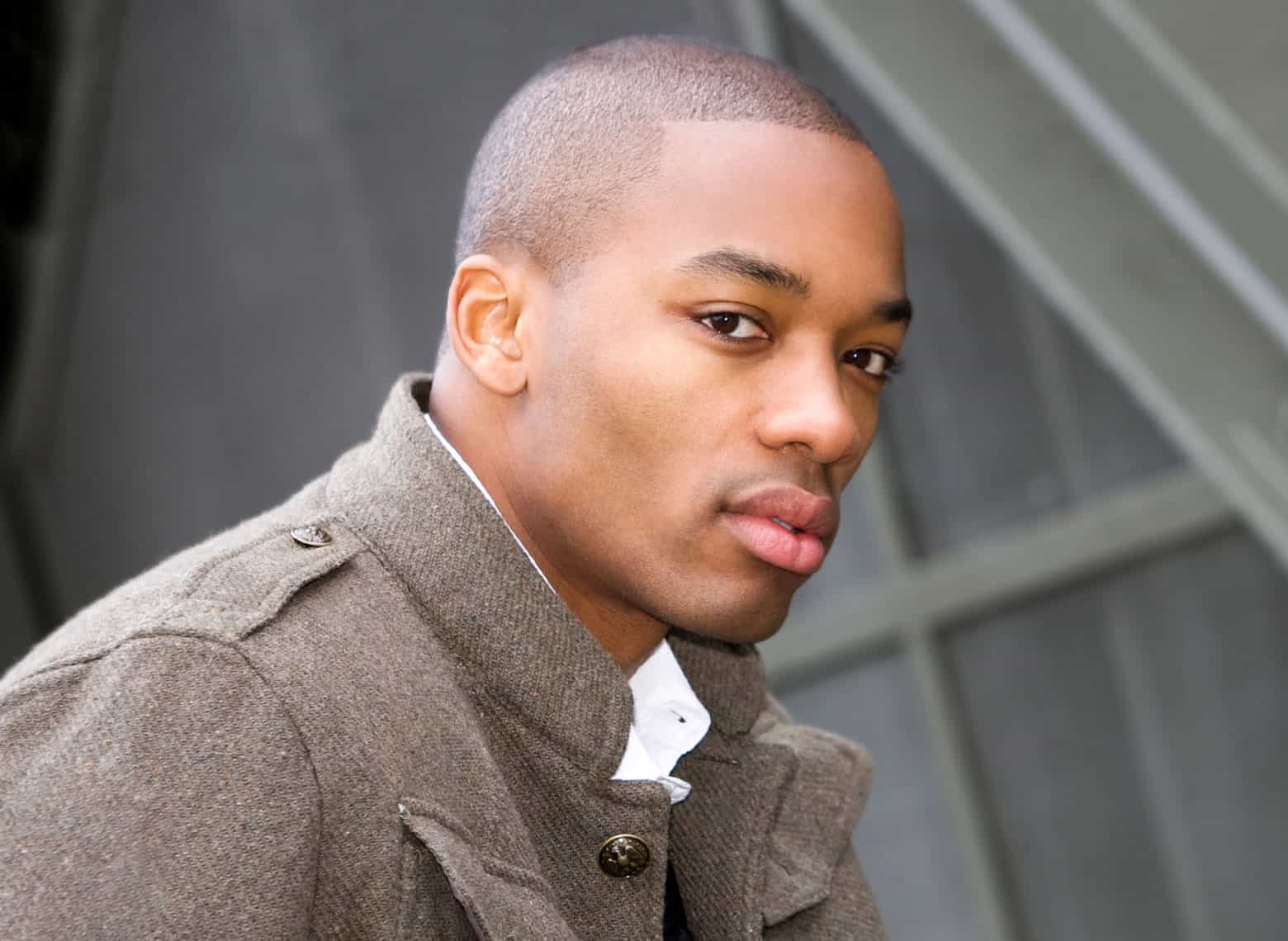
High and Tight
A high and tight has short sides with a couple inches on top. Your sides are normally faded into the skin.
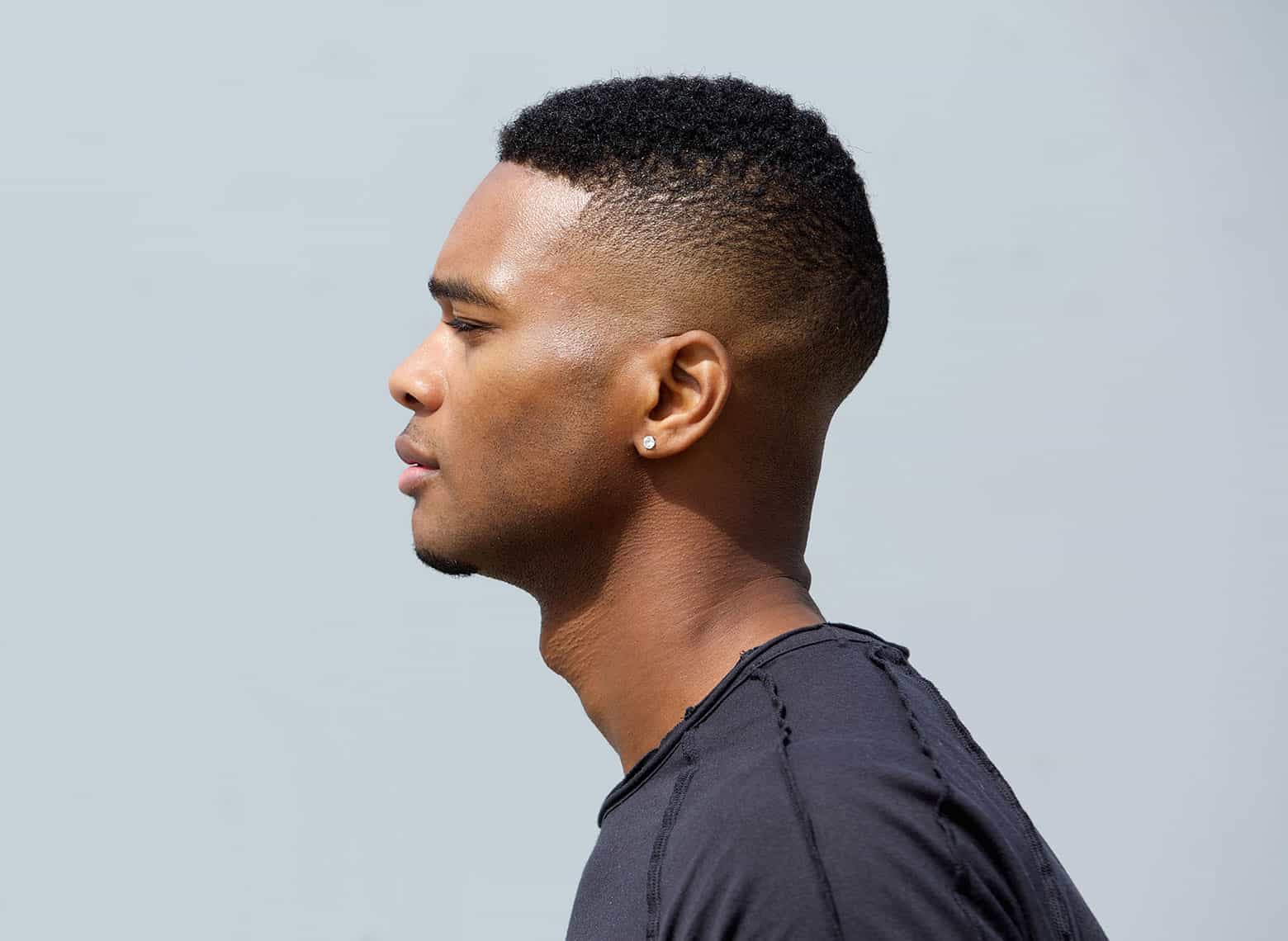
Crew Cut
A crew cut is tapered on the sides and long on top, but normally not too long. A traditional crew cut is about an inch on top and all the same length.
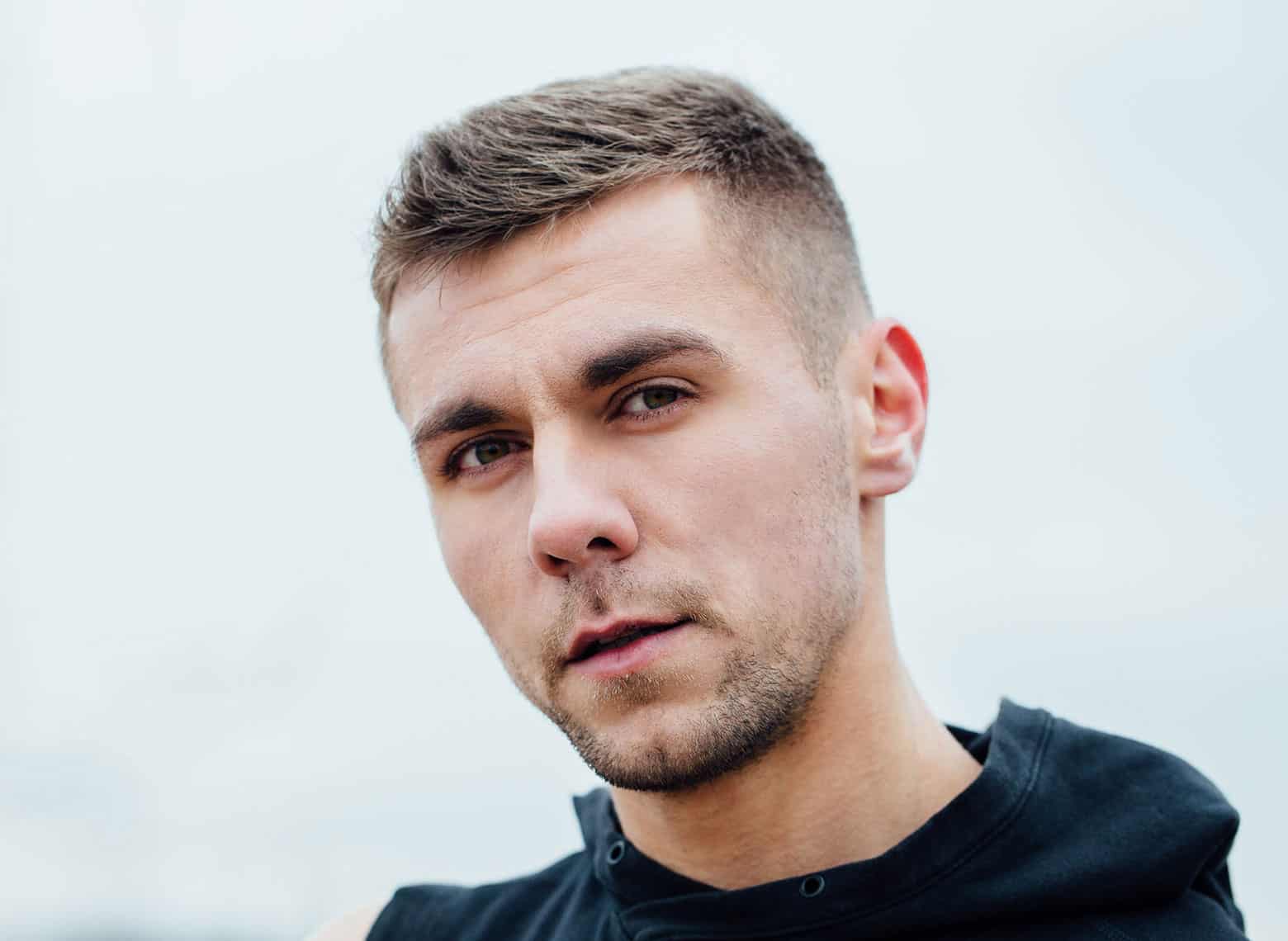
Butch Cut
The butch cut is short style where the barber cuts your hair down the same length all around your head. Hair is typically left about a fourth of an inch long on top.
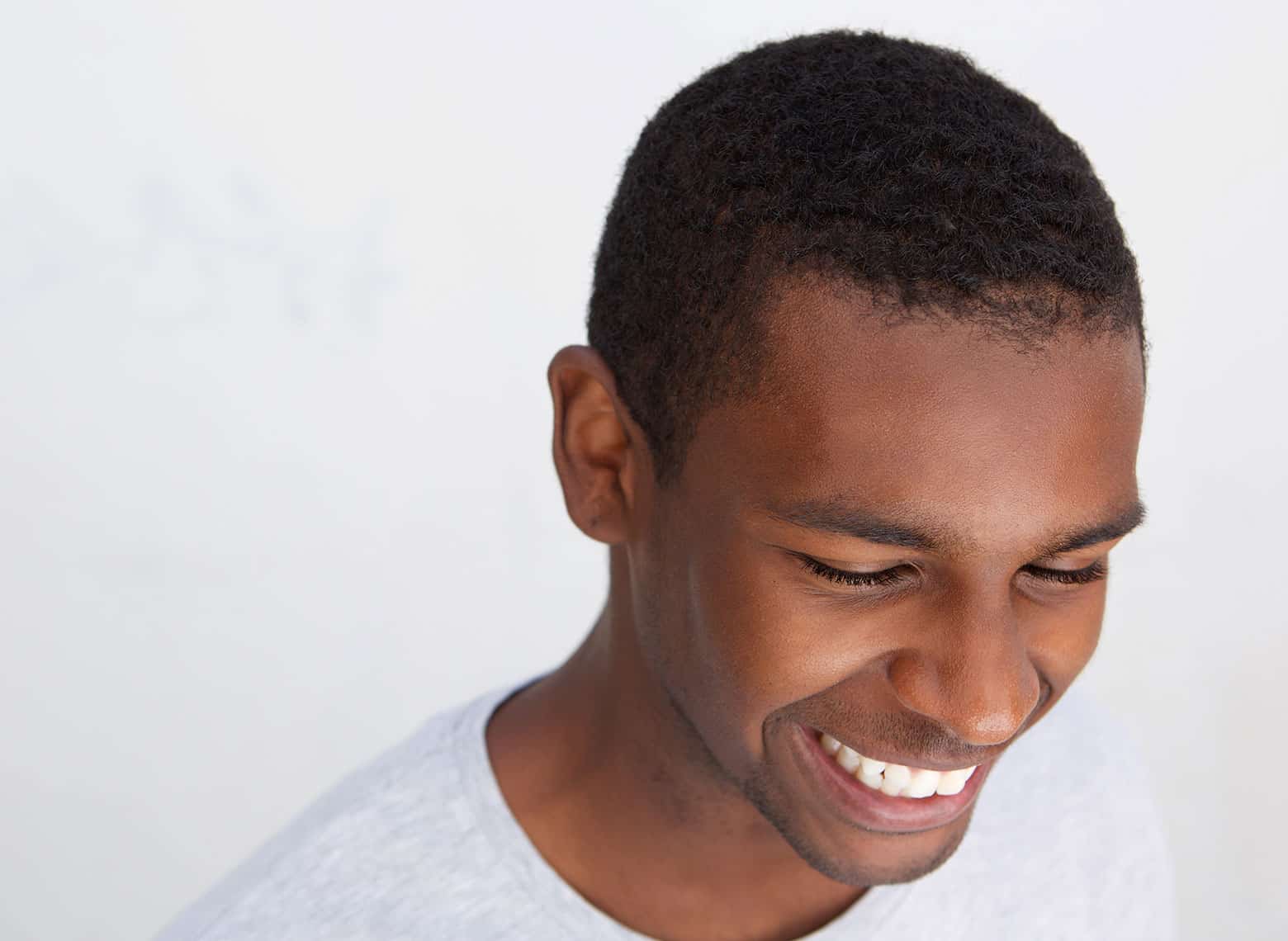
Ivy League
An ivy league cut looks similar to a crew cut, but it has longer hair on the top compared to a crew cut. The hair is normally long enough to comb over for a side part. Ivy leagues are also called the Princeton, Princeton cut, or a Harvard clip.
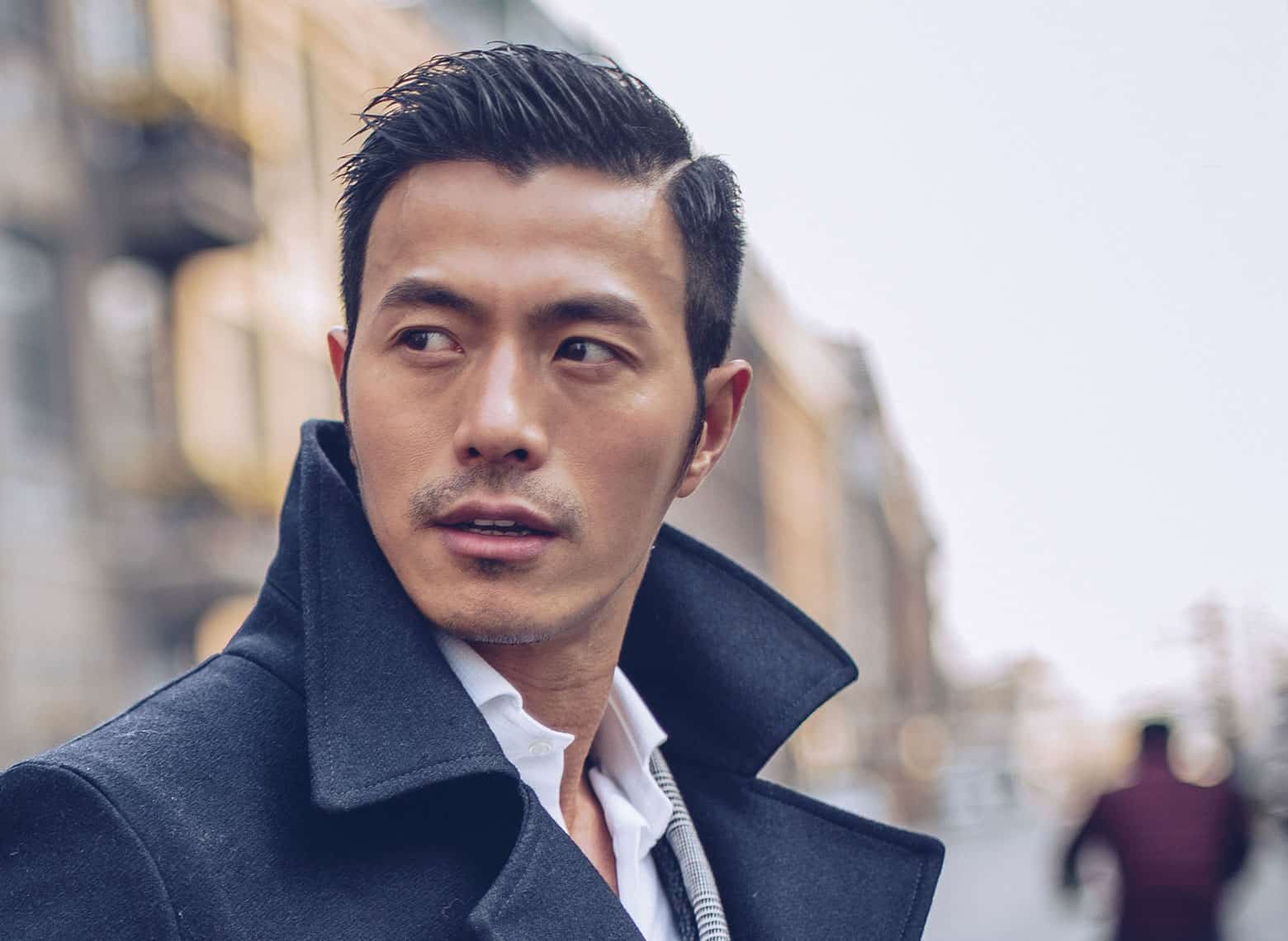
Businessman
This tapered cut is similar to a crew and ivy league, but your hair on top is even longer than an ivy league. Businessman cuts normally have between one to four inches on the top.

Undercut
An undercut has short sides and back that’s normally disconnected from the hair on top. Pompadours and faux hawks are some popular styles to pair with an undercut.

Line Up
For a line up, your barber will cut your hair along your natural hairline to straighten it. This gives your hair sharp edges and a clean look. You can pair a line up with other styles to add some personality. Line ups are also called shape ups and edge ups.
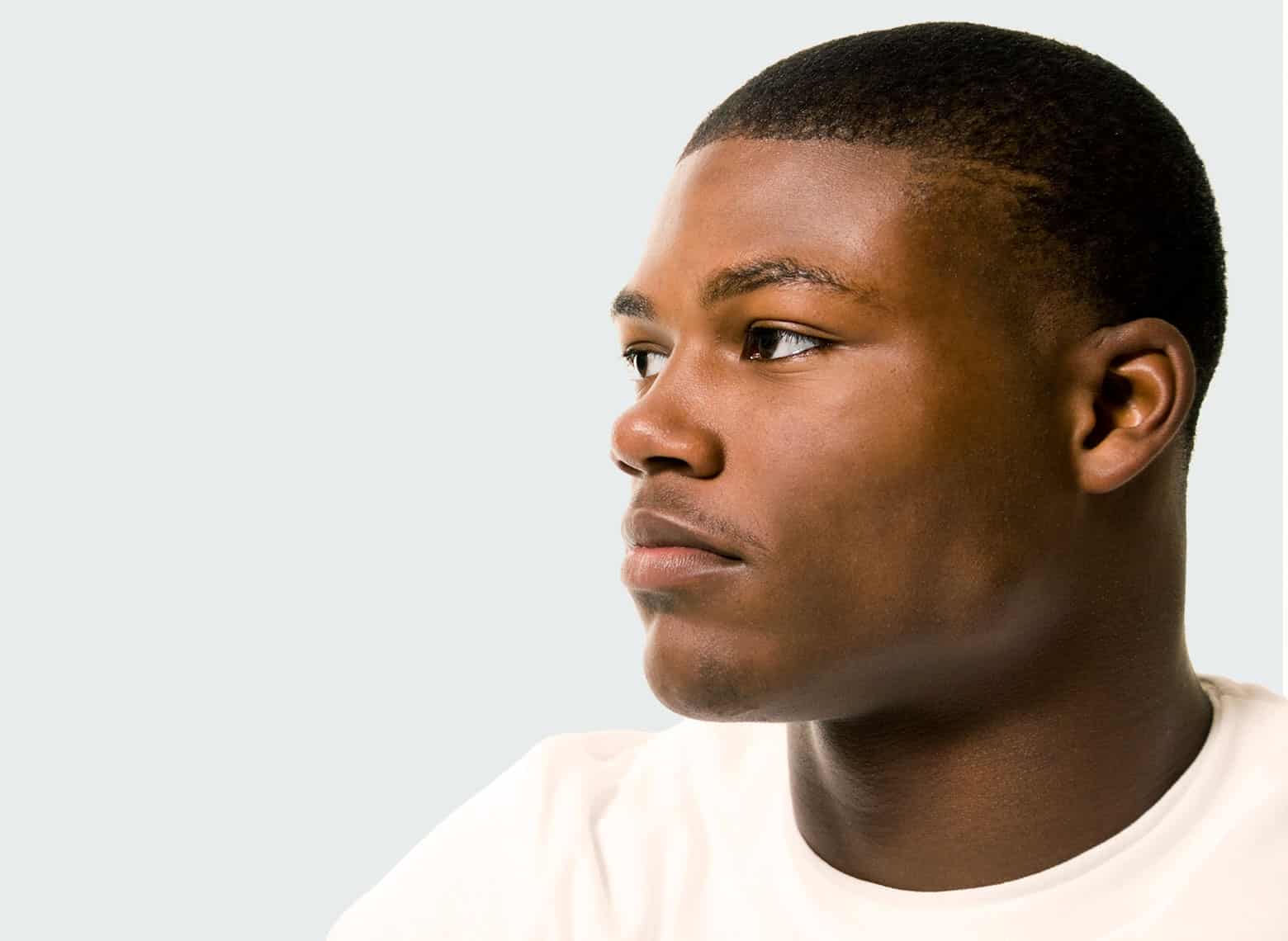
Flat Top
A flat top has short sides. The hair on top is cut so it stands up and has a flat top. The top normally has a square shape. Depending on your hair and the length, you’ll probably need gel or mousse to keep the shape.
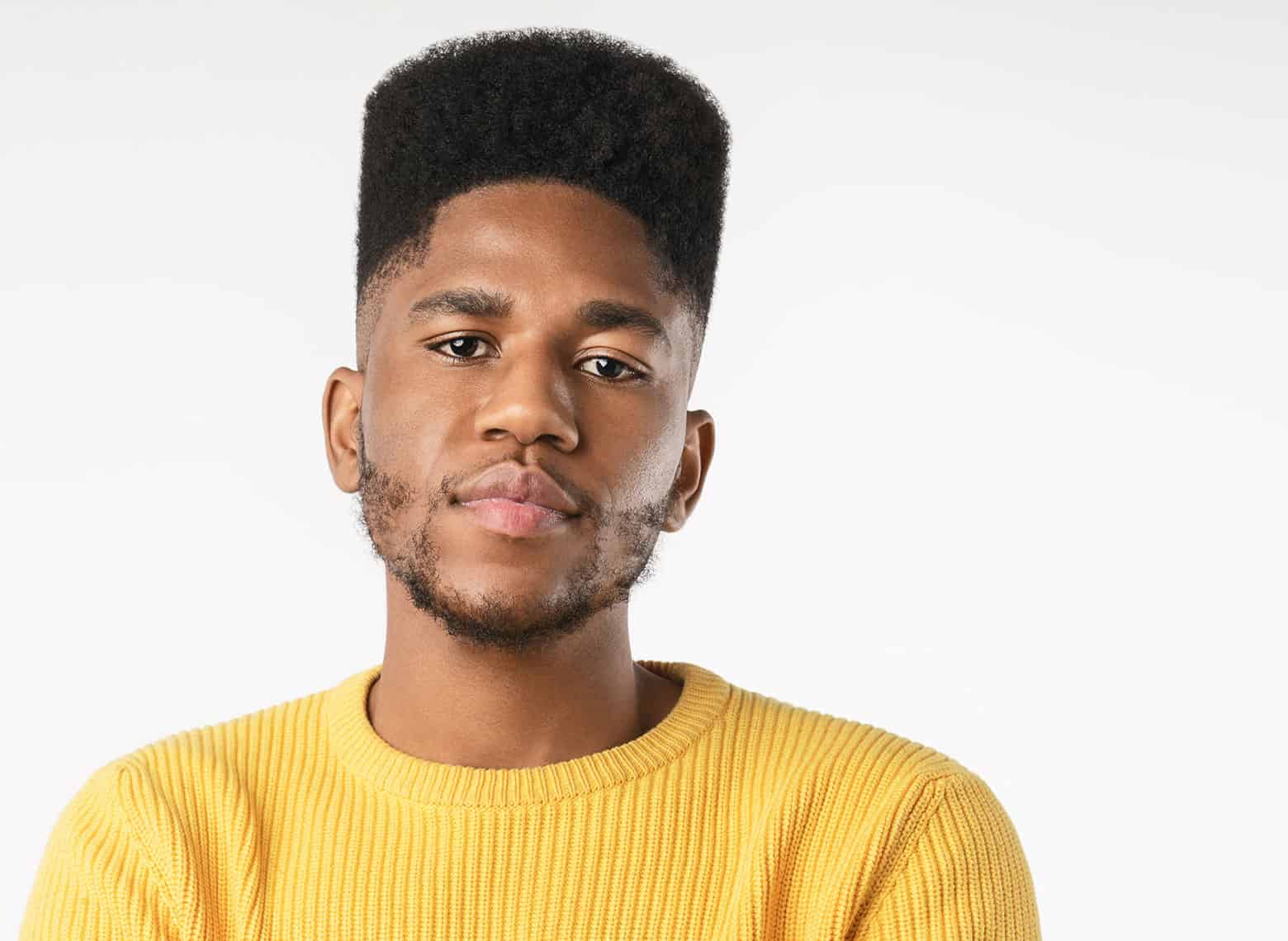
Temple Fade
A temple fade is a haircut that fades around your temples. This look is sometimes combined with a line up. A temple fade is also called a Brooklyn fade, temp fade, or low fade.
There are a few things you can do to keep up a fade between appointments. For example, keeping your neck, ear, and eyebrow hair clean will help your fade stay fresh for a little longer.
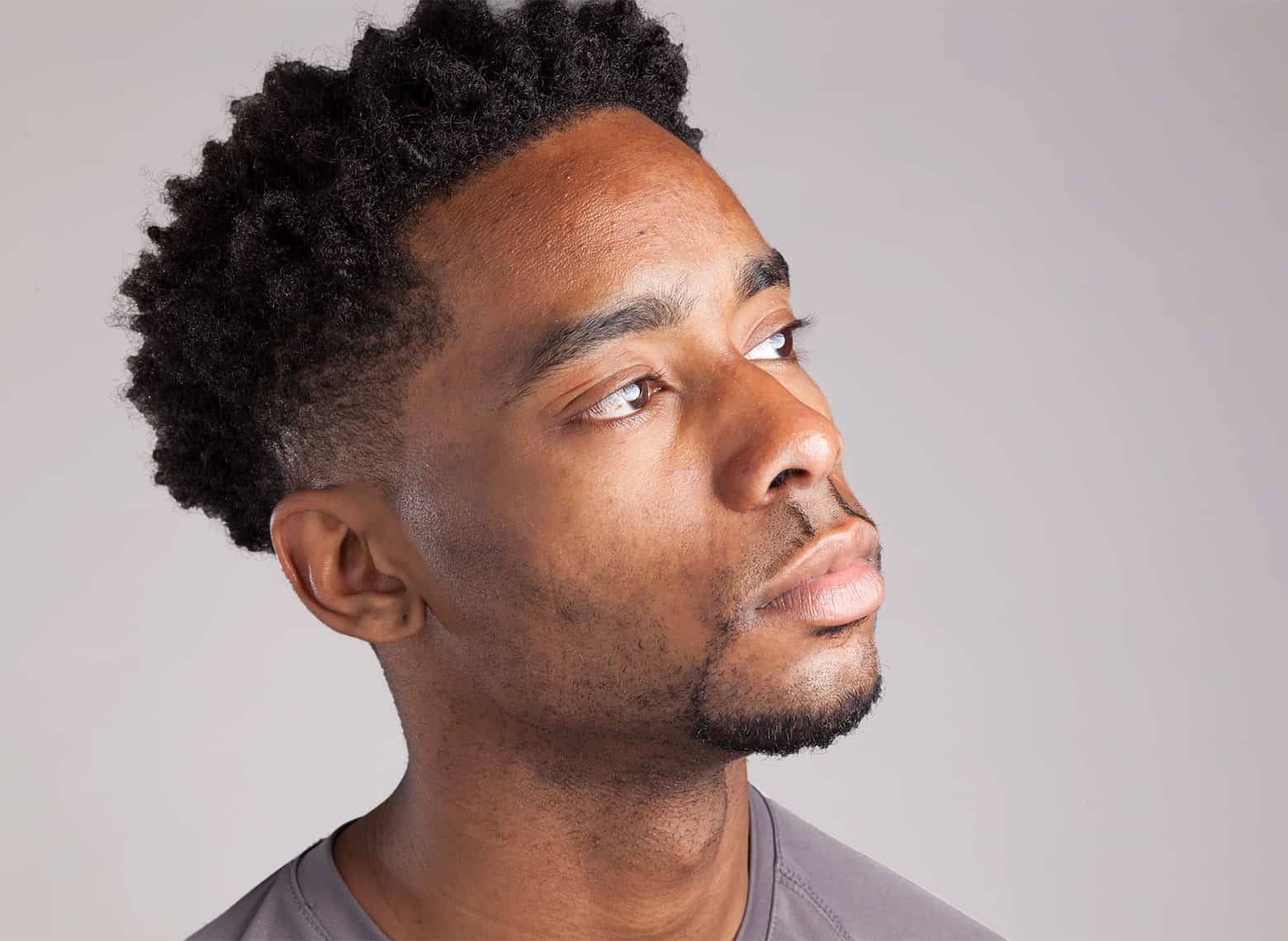
Comb Over Fade
A comb over fade has hair faded close to the skin on the sides. The hair on top is kept long enough to comb over.
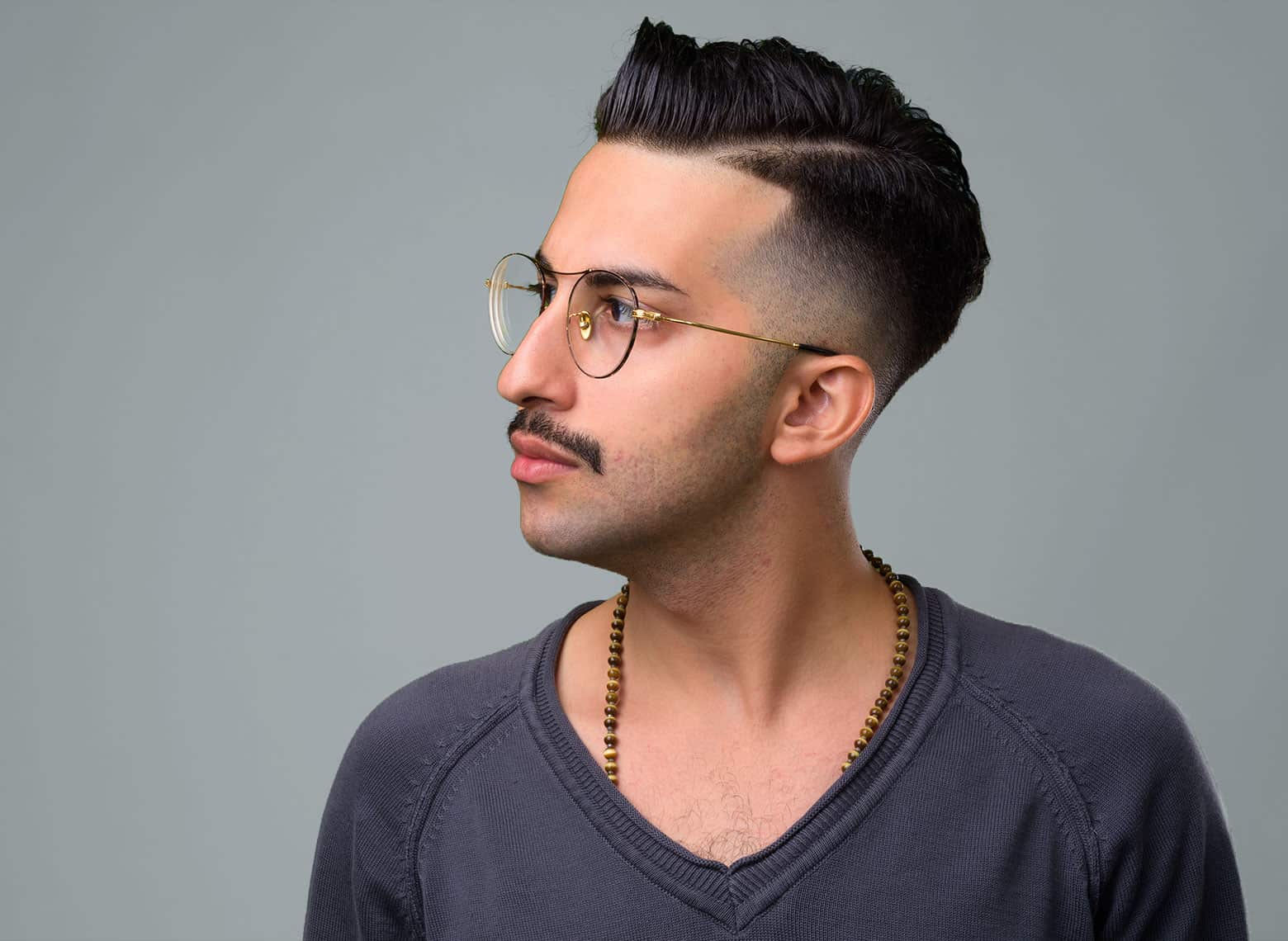
French Crop
The French crop is short on the sides and long on top with a fringe. You can go with a low or high fade with this look.
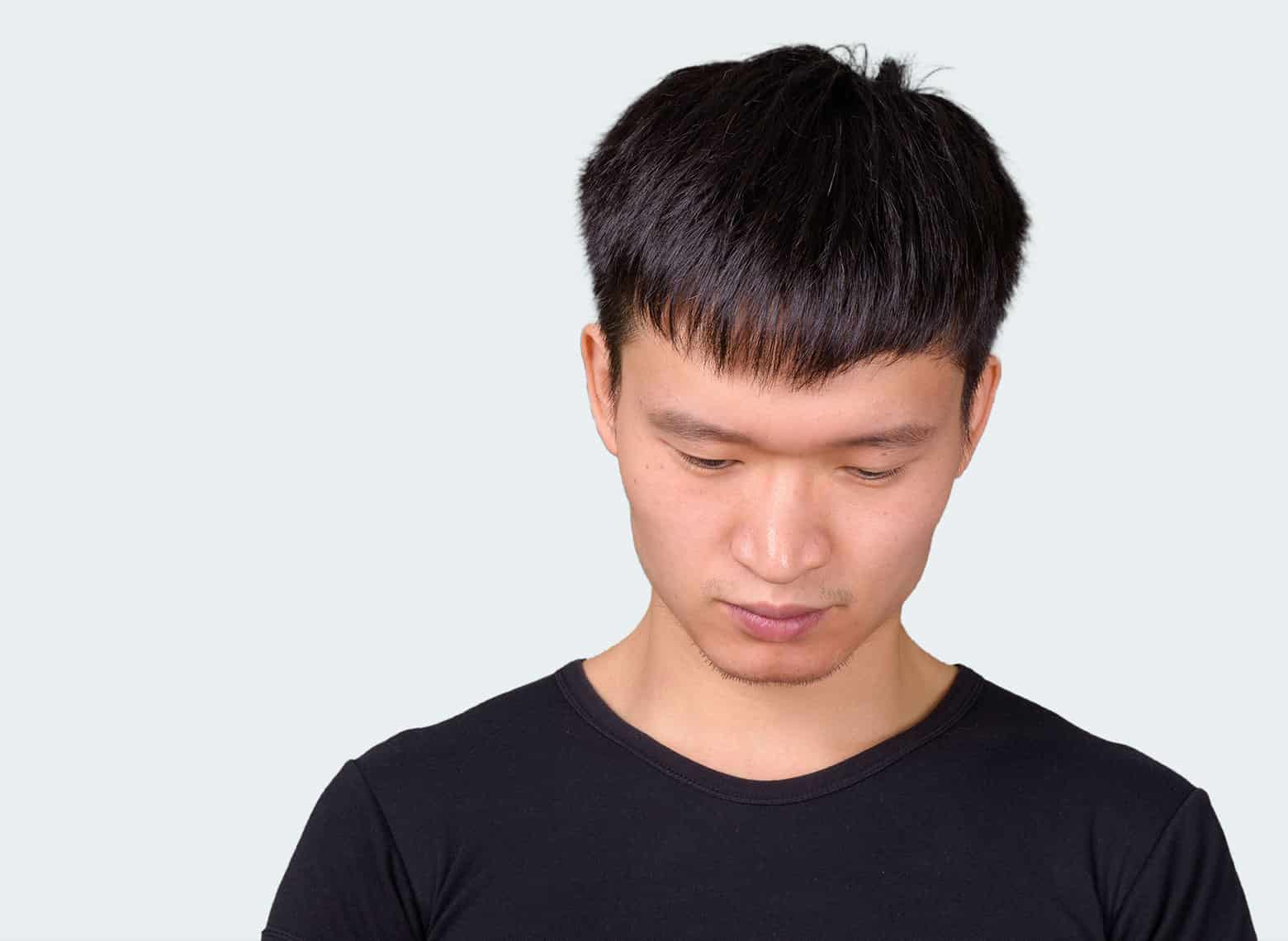
Faux Hawk
A barber will cut your hair shorter on the sides compared to the hair on top. The hair on top is cut about three inches long so you can spike your hair up. Since this is a more intricate style, prices for a men’s cut like this may be higher than a typical cut.
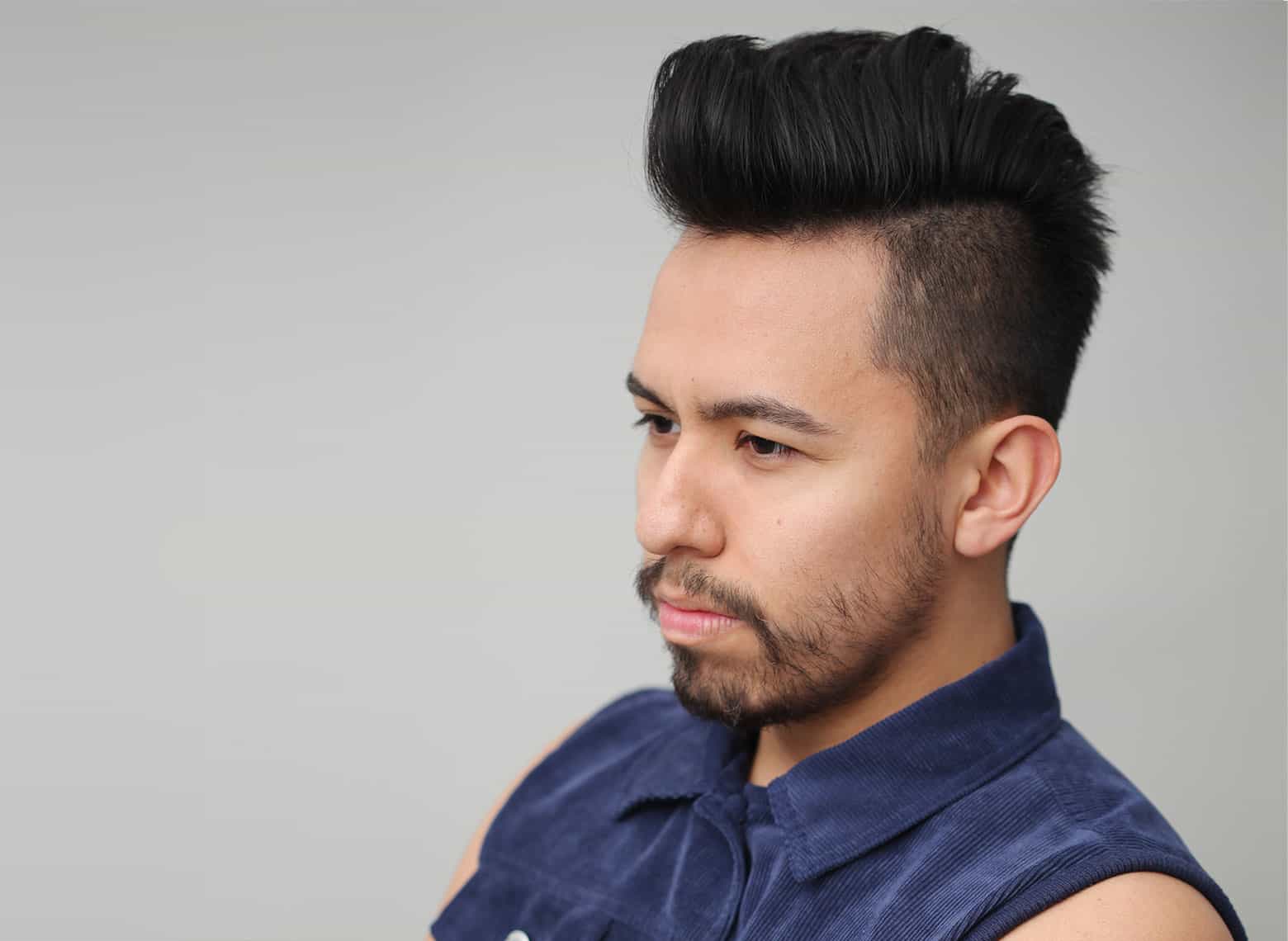
Pompadour
A pompadour has long hair on top that’s combed back. The sides are either kept short or slicked back. You’ll need more styling products for this style compared to a simpler quiff.
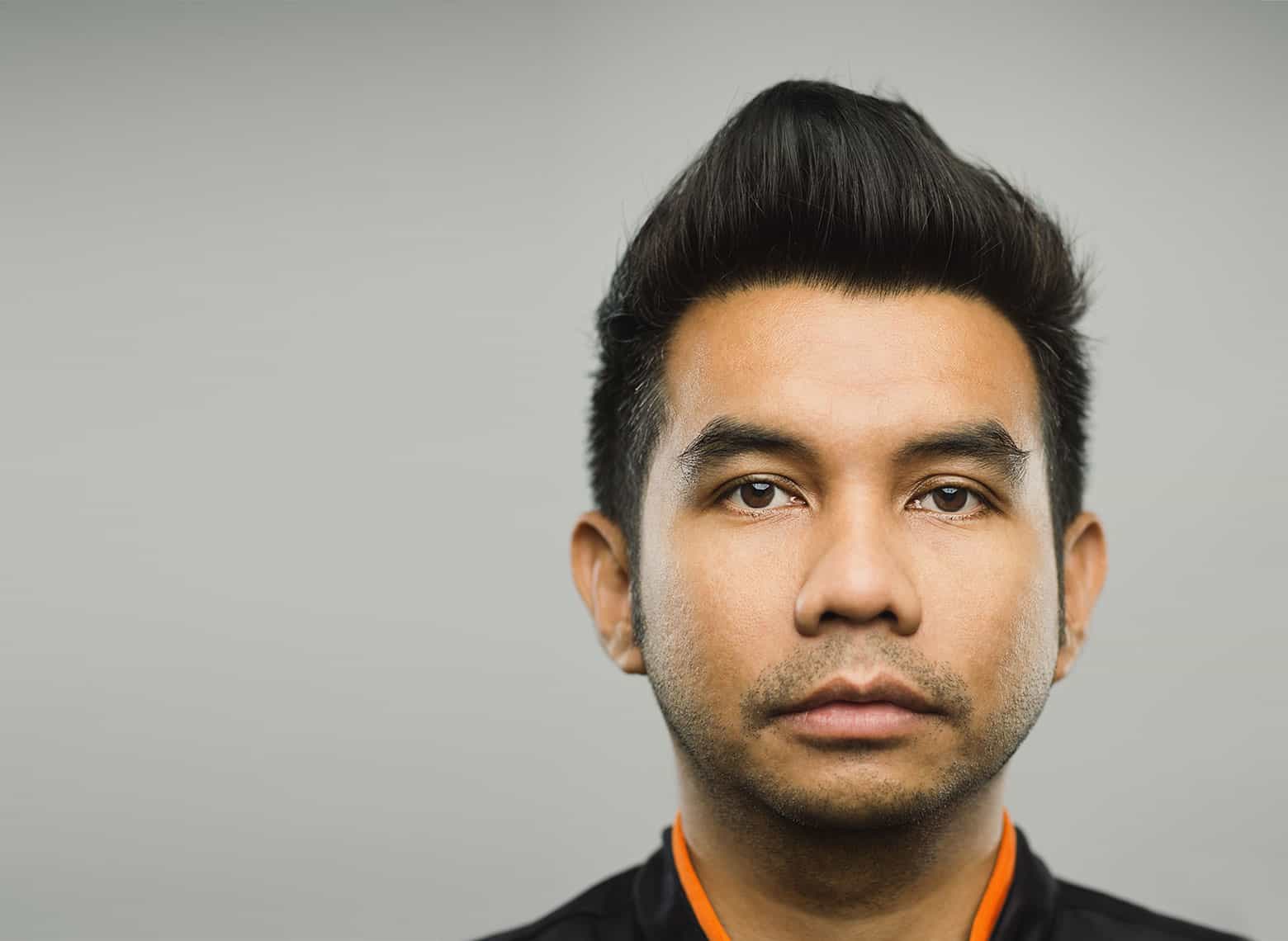
Quiff
A quiff is similar to a pompadour. With this look, your hair is short on the back and sides. The hair on top is long enough to brush up and back. Quiffs are more low maintenance than pompadours, but have less volume. Try out this great men’s medium-length hairstyle when your hair has had time to grow out.
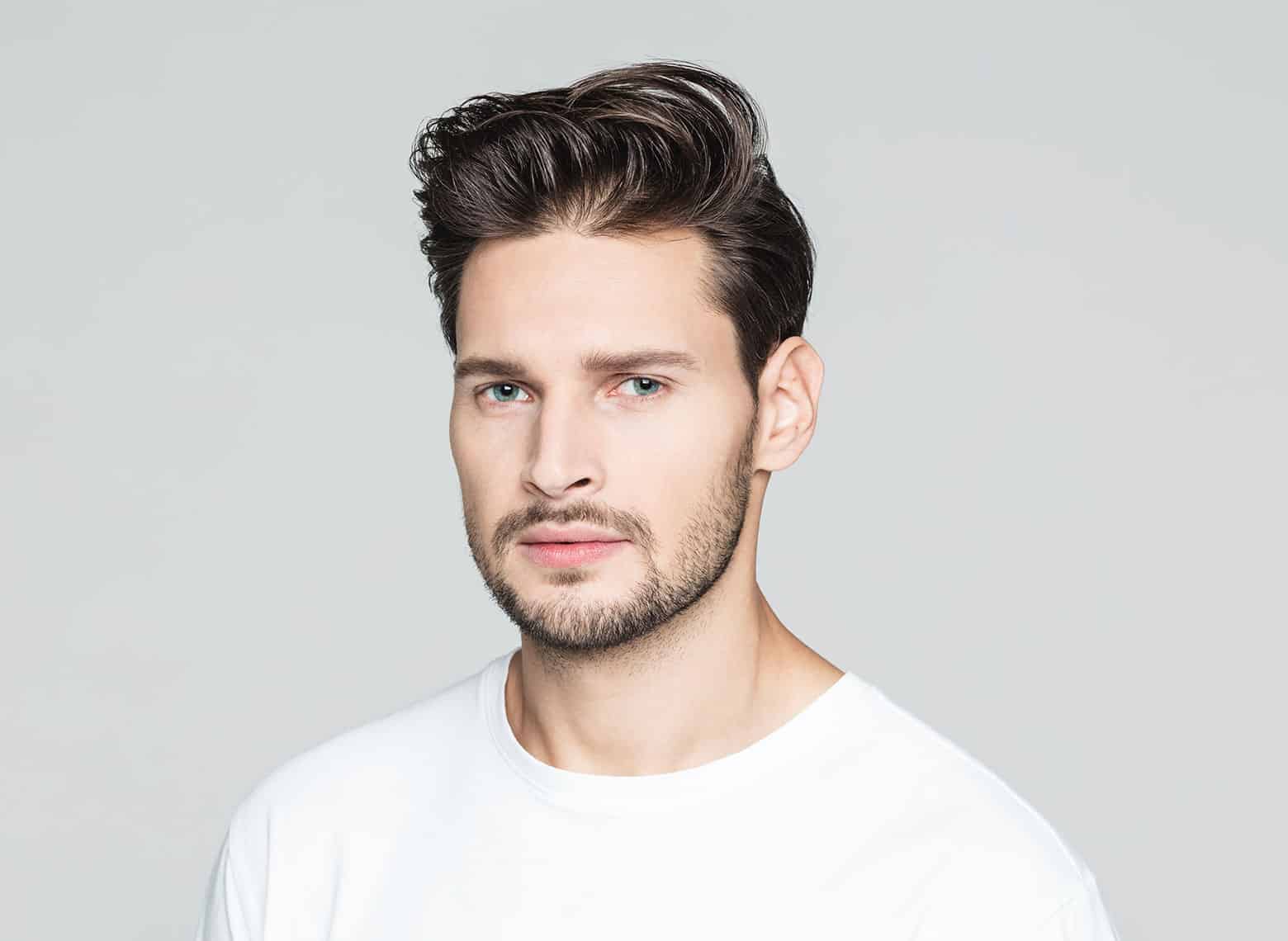
Understanding basic barber terms can make your barber’s life easier and help you get a great cut. Bringing a few pictures also helps your barber understand the look you want. When you’re ready for your next haircut, look through our community of barbers to find a Pro near you.


